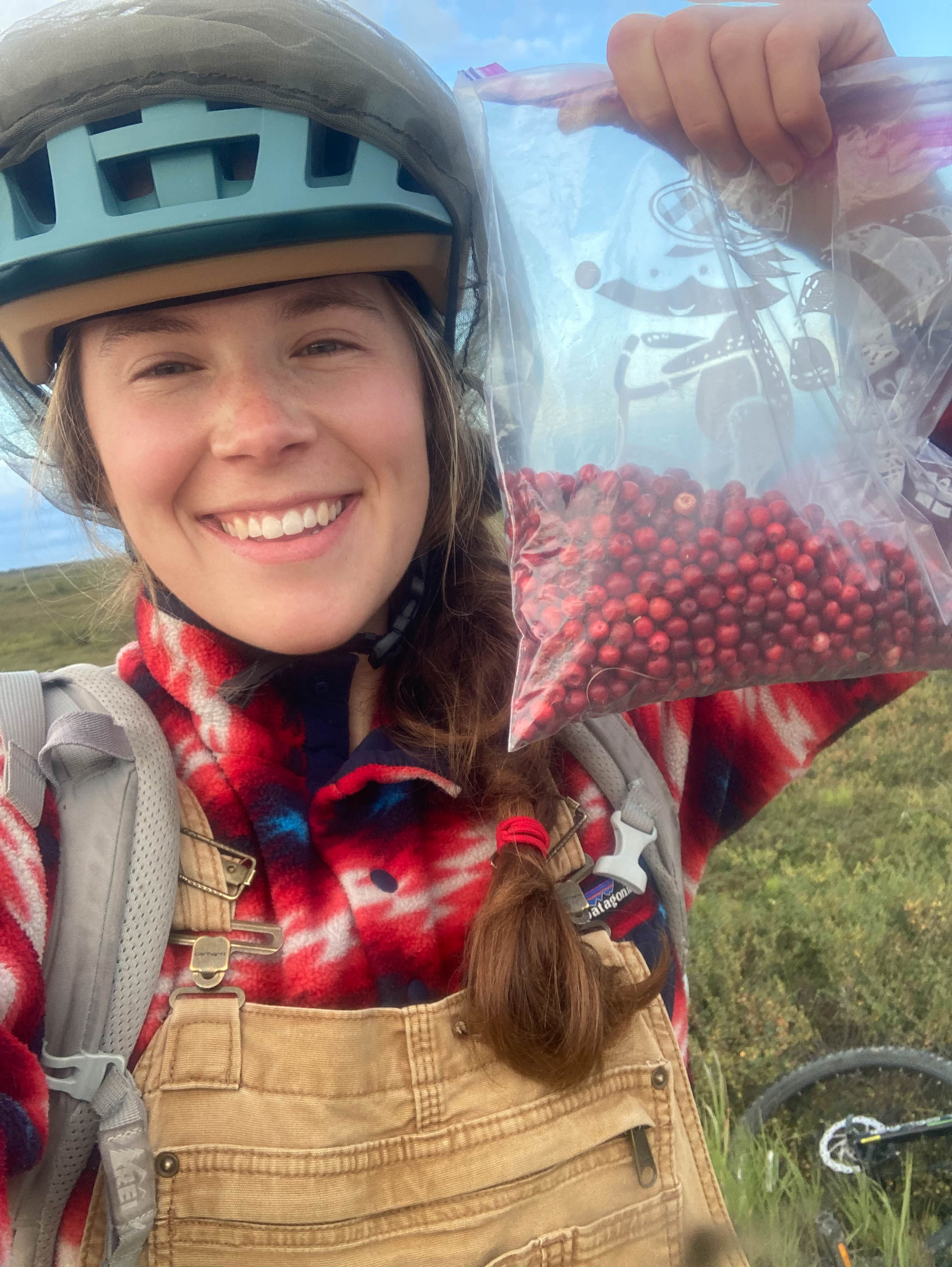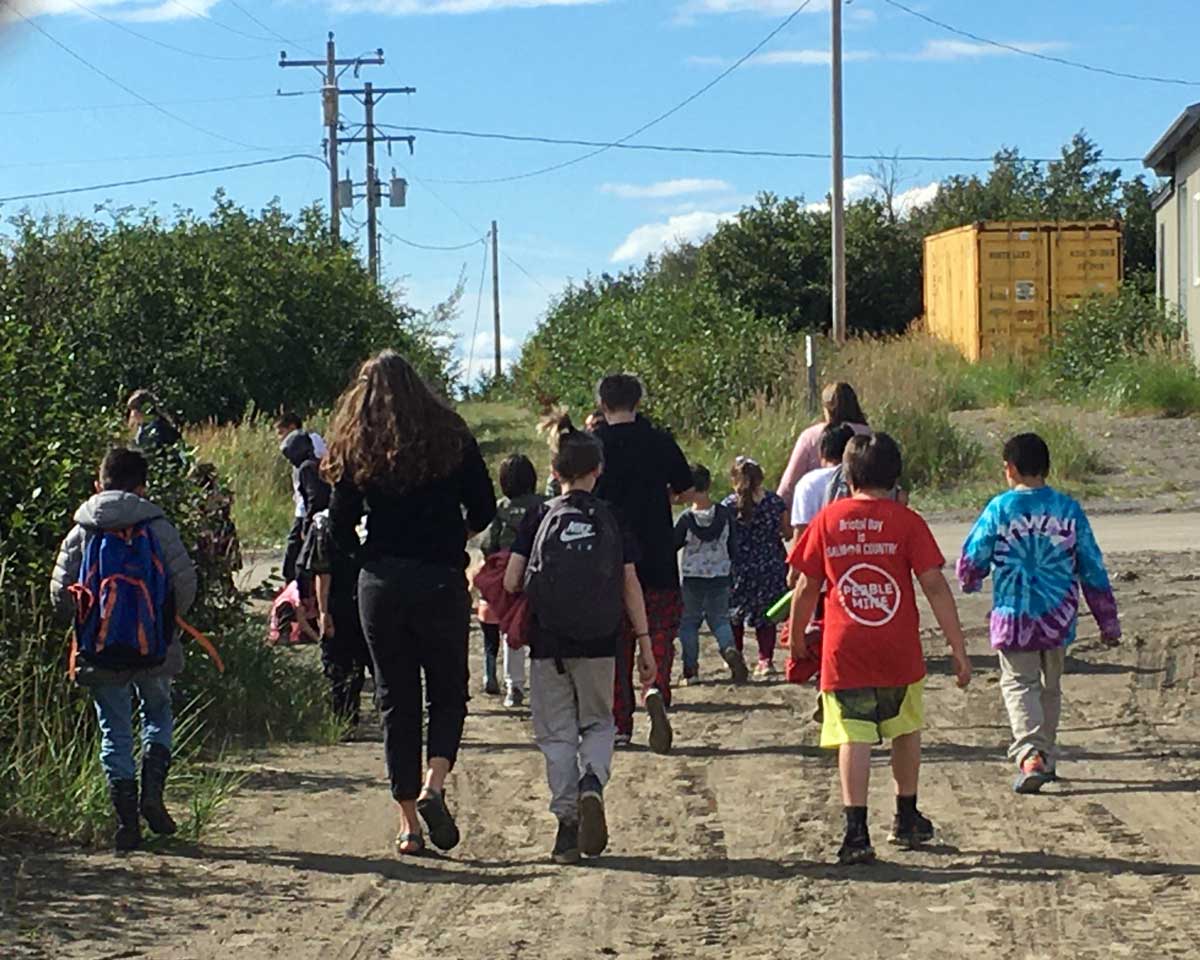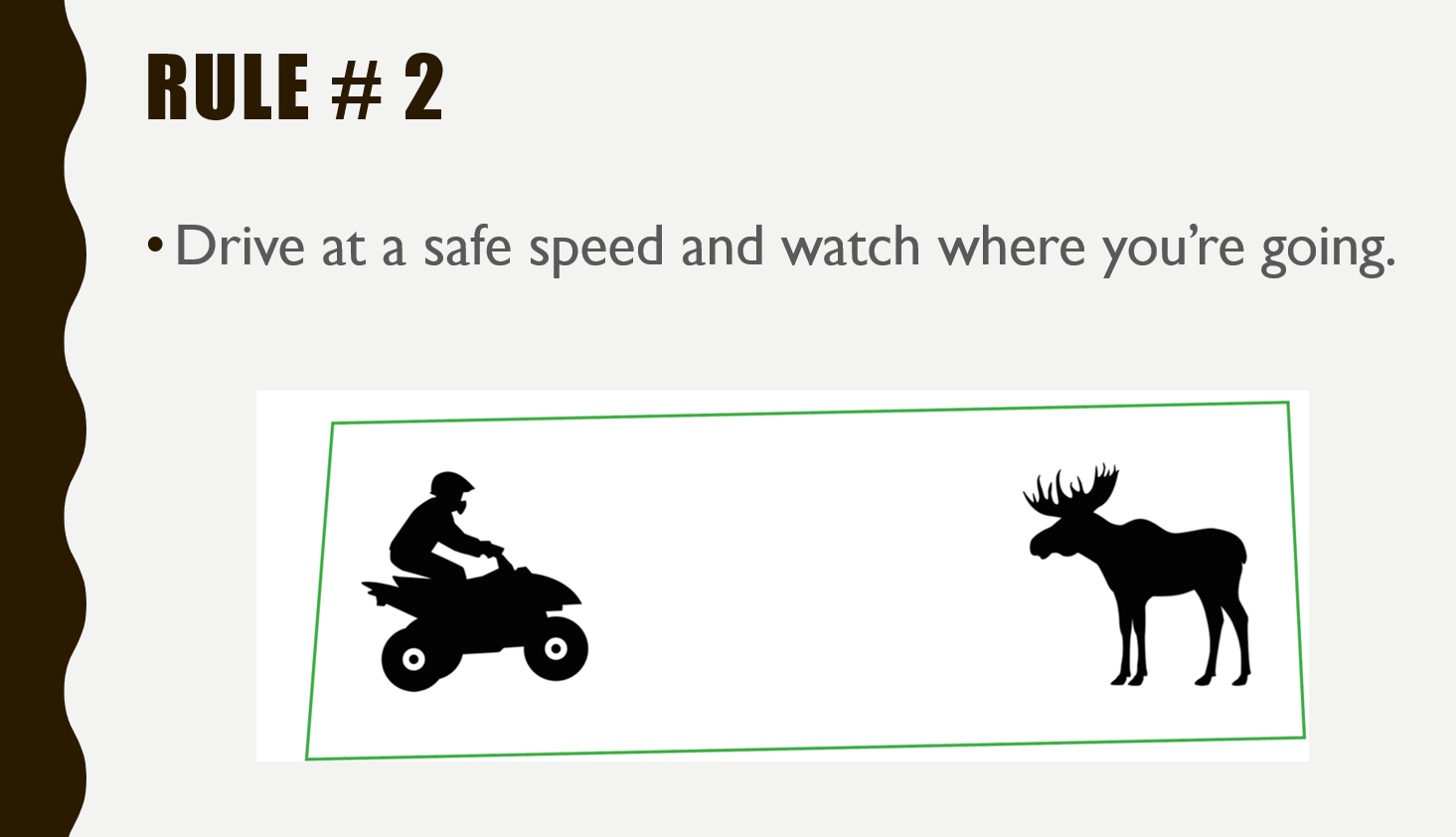Noelle Coniglio, MS2, Alaska
Title of the project: Injury Prevention Through School-Based ATV Safety Education in Rural Alaska

Coniglio’s background: “I was born and raised in Alaska. I grew up nordic ski racing and in high school I got involved with Skiku, an organization that travels to villages around the state and teaches kids how to ski. Through Skiku, I realized how important access to healthy activities is; and the time I spent in remote Alaskan communities showed me how much of my very rural state lives without access to health care.”
Why this project: You can only reach Naknek by air or boat. There is one paved road; other roads are trails and gravel. As in most of rural Alaska, ATV use is ubiquitous. The area has about 900 people. Camai Community Health Center, where Coniglio spent her time in RUOP, sees an average of one ATV crash injury a month.
“The second night I was in Naknek, we had a serious ATV crash that had to be air medevacked out; this, along with watching children in the community zip around on ATVs without helmets, often with two or more kids per vehicle, spurred my project.”
Why this subject is important: ATV accidents are the leading causes of traumatic brain injuries (TBI) in Alaska. Youth riders are 12 times more likely to sustain an injury resulting from ATV operation than adult riders. Due to the remote locale and limited resources, emergencies require air medevacs to larger medical centers in Anchorage or Seattle.
Encouraging helmet use and safe ATV riding practices to prevent emergencies is critical.
The research: Coniglio reviewed numerous best practices and other programs to design her outreach to the local school.
The result: The local fish processing plant donated snacks to entice children to attend an ATV Safety Jamboree; local law enforcement agreed to provide vouchers for popsicles to children who they see practicing ATV safety, something that Coniglio hopes will add continuity to the effort.

The ATV Safety Jamboree: Children watched a video of someone who survived a TBI after an ATV accident and listened to Coniglio’s brief PowerPoint presentation (one of the slides is above)
“Afterwards, the students joined me outside for the “Protect Your Brain Relay.” Some students served as “obstacles,” like a bear or a stray dog in the road, and the rest were given eggs and plastic spoons. The objective was to run past the obstacles to the other side of the field, (well, dirt pit,) as fast as possible, without dropping or breaking your egg. When all the student’s eggs inevitably broke, we talked about how the egg symbolized the brain: It’s soft and squishy and protected by a hard outside. When the egg’s shell breaks, we can’t put it back together again. That’s the same for our brains.”
“I involved the local law enforcement because I wanted to keep the momentum for the project going. I felt if there were tangible benefits – like getting free popsicles – kids would be incentivized to practice what they’d learned. I also wrote up a whole project summary to give the clinic so that the next year’s RUOP student could keep the project going, if they so choose.”
Coniglio also partnered with the Alaska Native Tribal Health Consortium (ANTHC) to bring their five-lesson, rural-Alaska-specific STEM curriculum called the ATV Safety Toolkit to the Bristol Bay School District.
Her reaction: “I really enjoyed working on this project, especially because I love working with kids. This project was also particularly meaningful for me as I watched the community come together to support the goal of keeping its children safe.”

